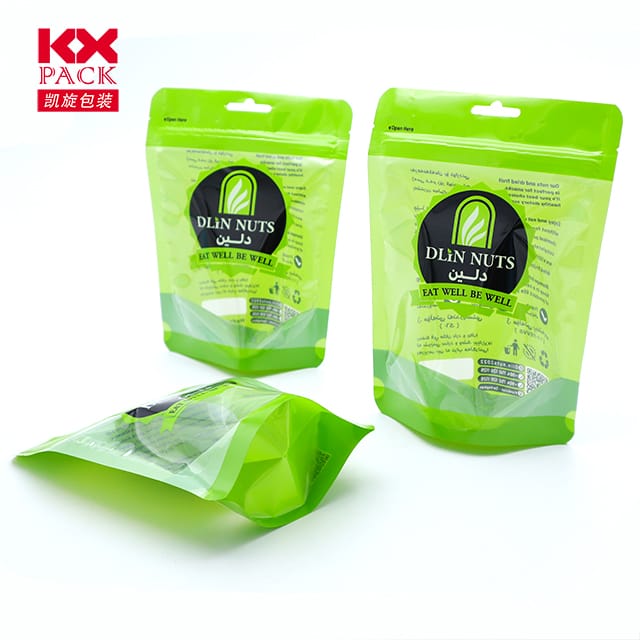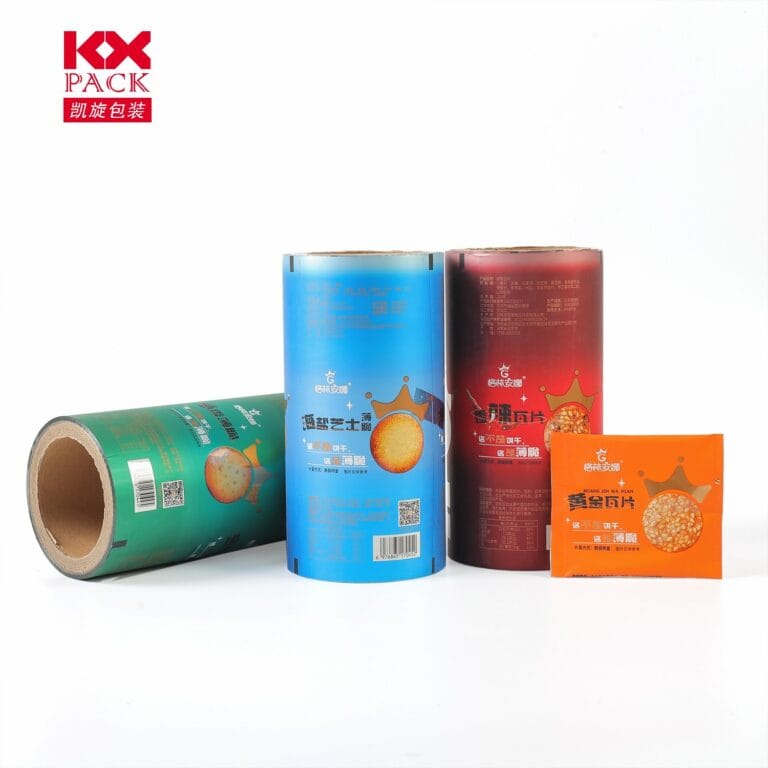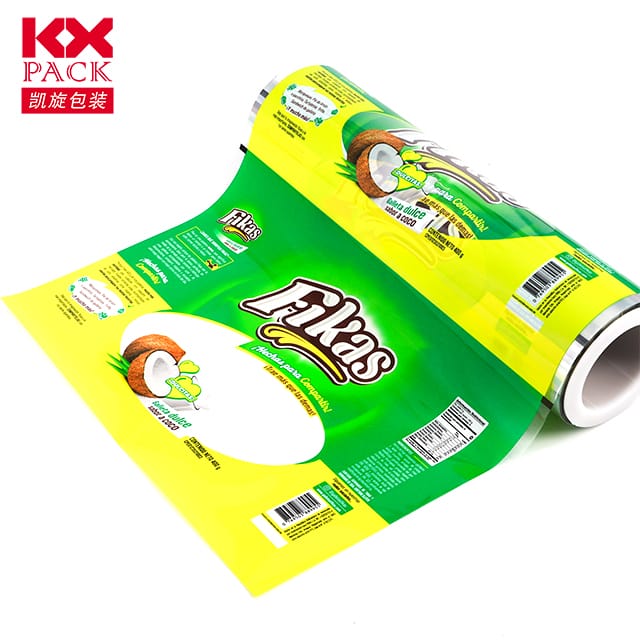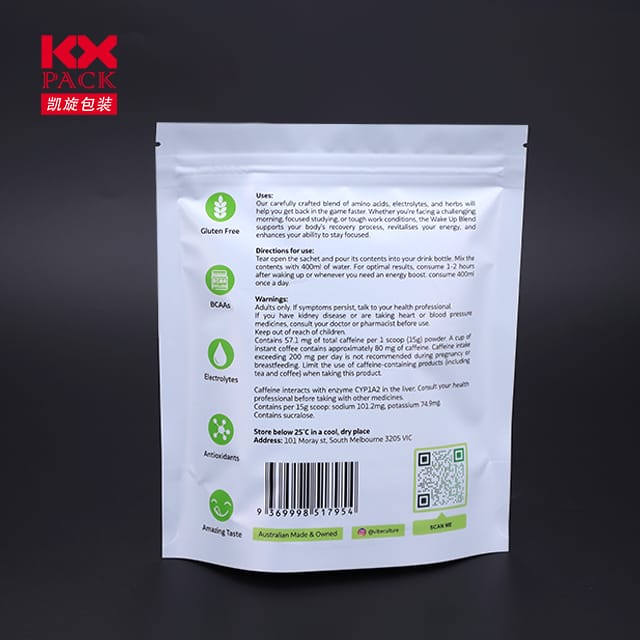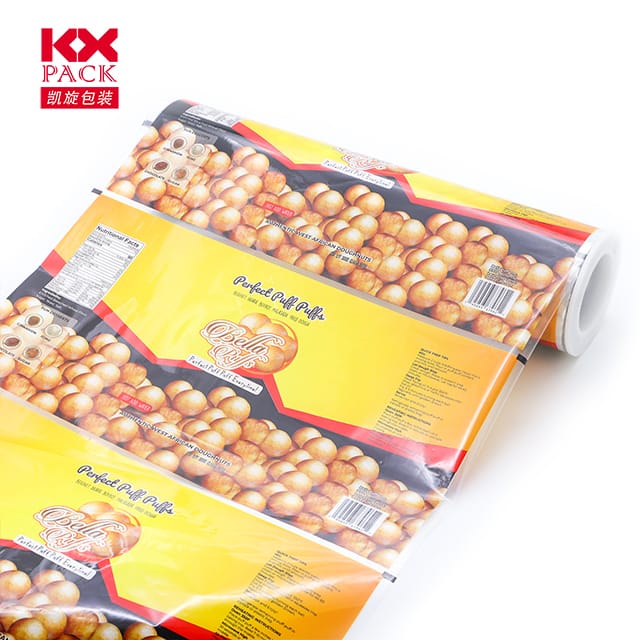Udforskning af den innovative verden af mad kæledyrsfilm: En bæredygtig revolution inden for emballage
Food Pet Film
I de senere år, Den globale emballageindustri har været vidne til et transformativt skift mod bæredygtighed, Drevet af miljøhensyn og forbrugernes efterspørgsel efter miljøvenlige løsninger. Blandt de banebrydende innovationer, Food Pet Film—a biodegradable and compostable material derived from renewable resources—has emerged as a game-changer in food packaging. Let’s dive into what makes this material revolutionary and why it’s gaining traction worldwide.
What Is Food Pet Film?
Food Pet Film, short forFood-Grade Polyethylene Terephthalate (KÆLEDYR) Film, is not just any plastic. Unlike traditional petroleum-based PET, which can take centuries to decompose, miljøvenlig Food Pet Film is engineered using plant-based sources like cornstarch, sukkerrør, or cellulose. This biodegradable alternative retains the durability, transparency, and heat-resistance of conventional PET but breaks down naturally within months under industrial composting conditions.
Why Is It a Game-Changer?
- Sustainability at Its Core
The primary advantage of Food Film lies in its reduced environmental footprint. By relying on renewable biomass, it cuts down reliance on fossil fuels and minimizes plastic pollution. Brands adopting this film can proudly display eco-certifications, appellerer til miljøbevidste forbrugere. - Versatility in Food Packaging
From fresh produce wraps to snack pouches and even ready-to-eat meal trays, Food Pet Film adapts to diverse packaging needs. Its moisture resistance and oxygen barrier properties ensure food stays fresh longer, Reduktion af affald. - Consumer Appeal
Today’s shoppers prioritize sustainability. EN 2023 survey revealed that 74% of consumers are willing to pay more for products with eco-friendly packaging. Food Pet Film taps into this trend, enhancing brand loyalty and market competitiveness.
Challenges and the Road Ahead
While promising, Food Pet Film faces hurdles:
- Koste: Production remains pricier than conventional plastics due to limited scalability.
- Infrastructure: Composting facilities are scarce in many regions, hindering proper disposal.
- Forbrugeruddannelse: Misconceptions about biodegradability persist; not all “eco-friendly” films decompose in home composts.
Imidlertid, advancements in technology and growing policy support (F.eks., single-use plastic bans) are paving the way for wider adoption. Virksomheder kan lideEcoware ogTIPA are leading the charge, offering certified compostable films that meet food safety standards.
The Future of Packaging
Food Film represents more than a material—it’s a symbol of the circular economy. As research progresses, we can expect stronger, cheaper, and more accessible variants. Imagine a world where your sandwich wrapper nourishes the soil instead of clogging landfills!
Konklusion
The rise of Food Pet Film underscores a broader shift toward responsible consumption. By choosing sustainable packaging, businesses and consumers alike contribute to a healthier planet. The next time you unwrap a snack, ask yourself: Could this package be part of the solution? With innovations like Food Pet Film, the answer is increasingly a resounding “yes.”
Join the Movement
Support brands using Food Pet Film, advocate for composting infrastructure, and stay informed about sustainable alternatives. Sammen, we can turn the tide on plastic waste—one compostable film at a time.



